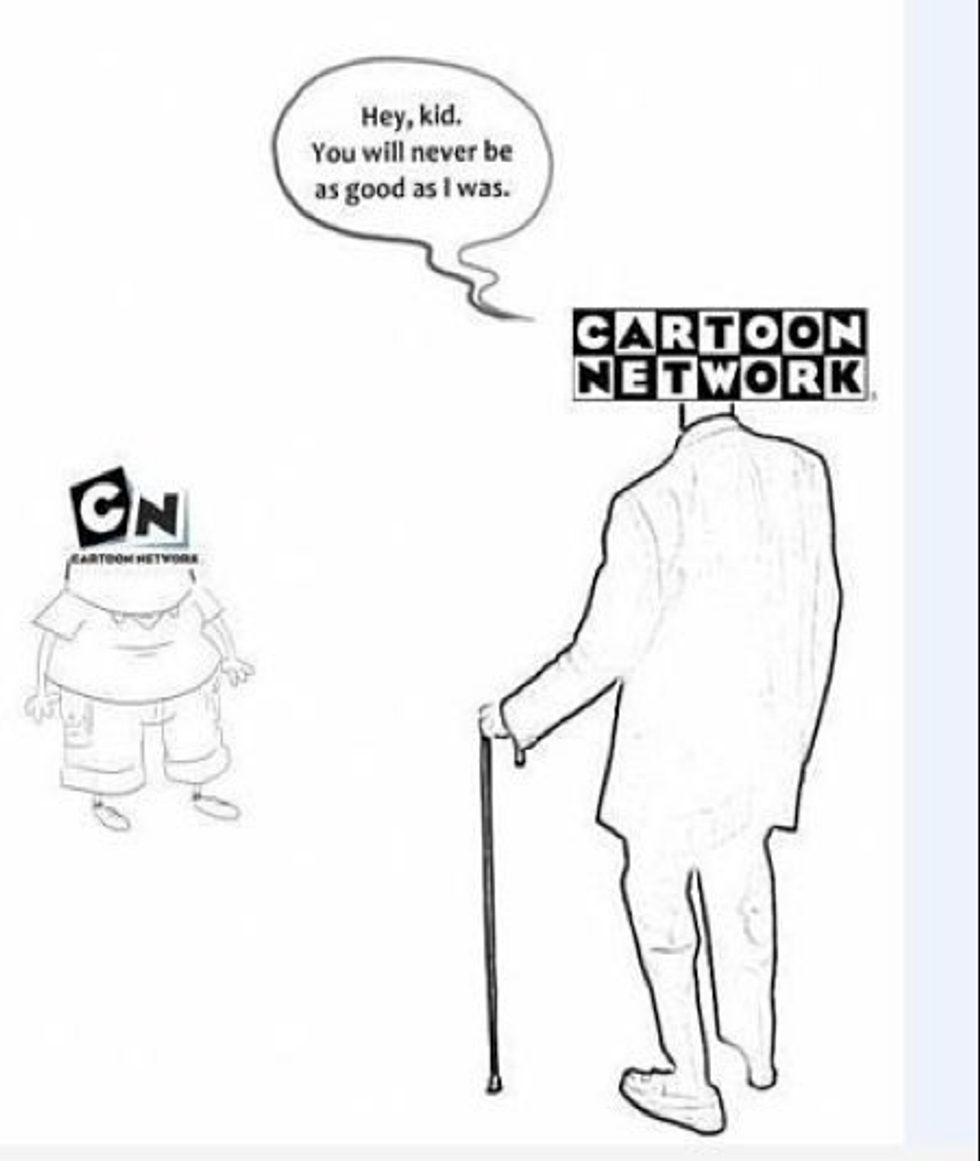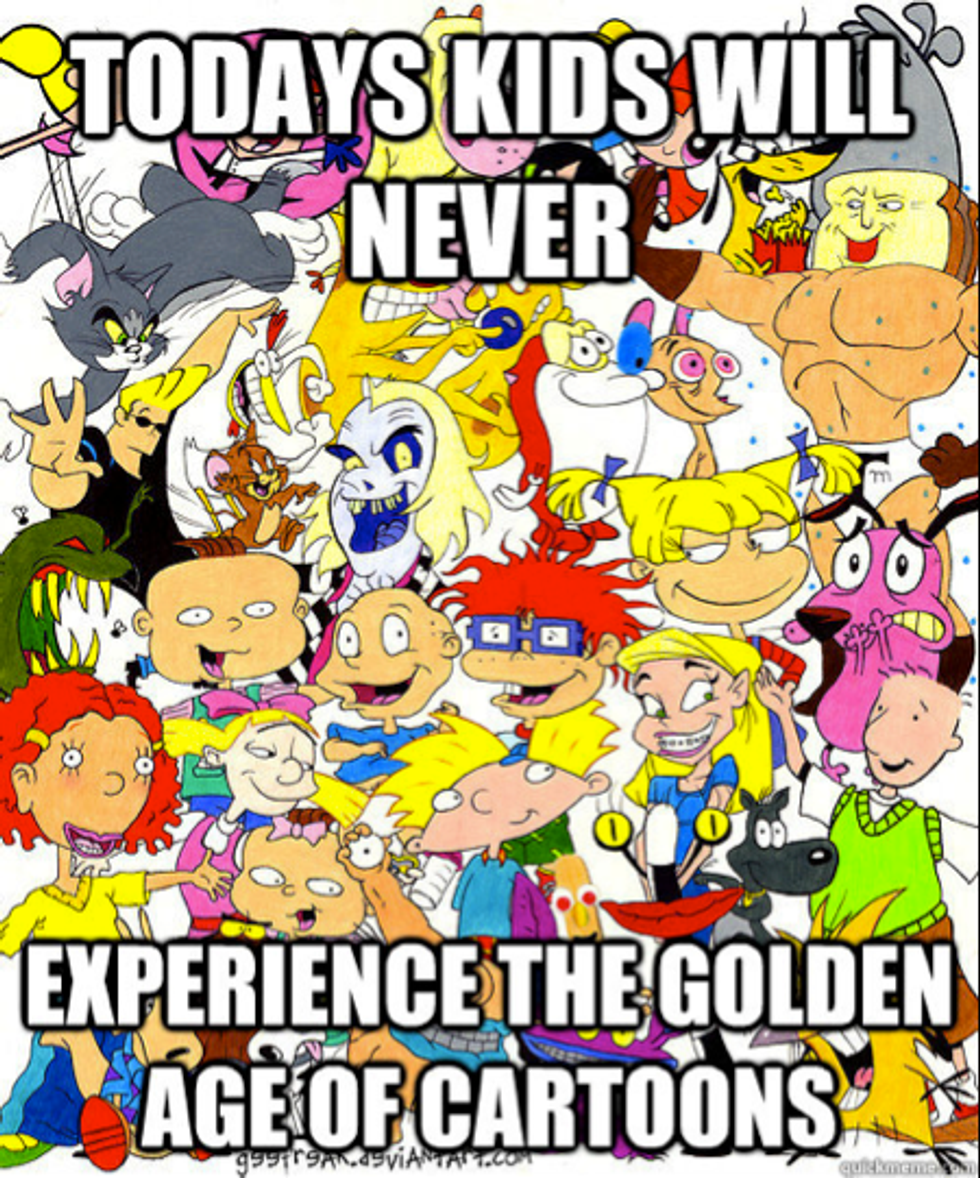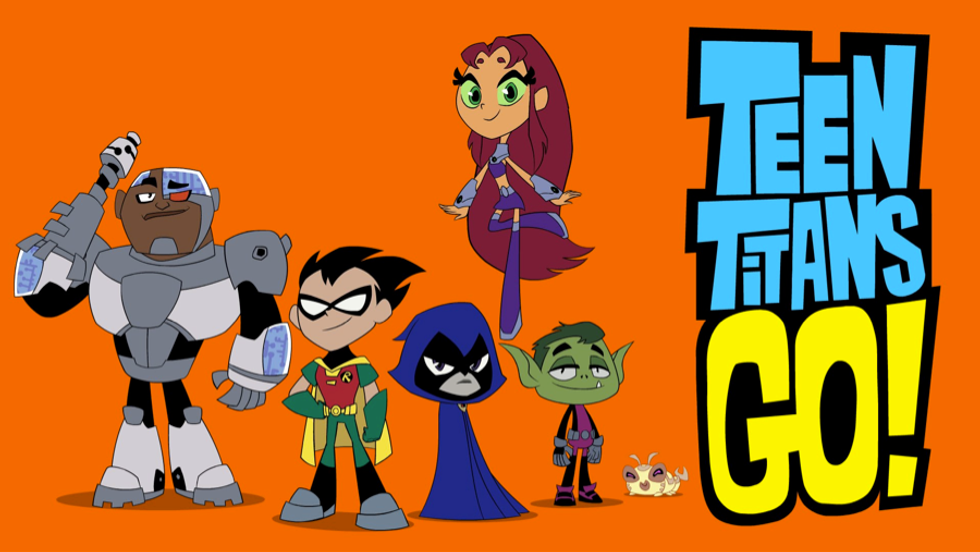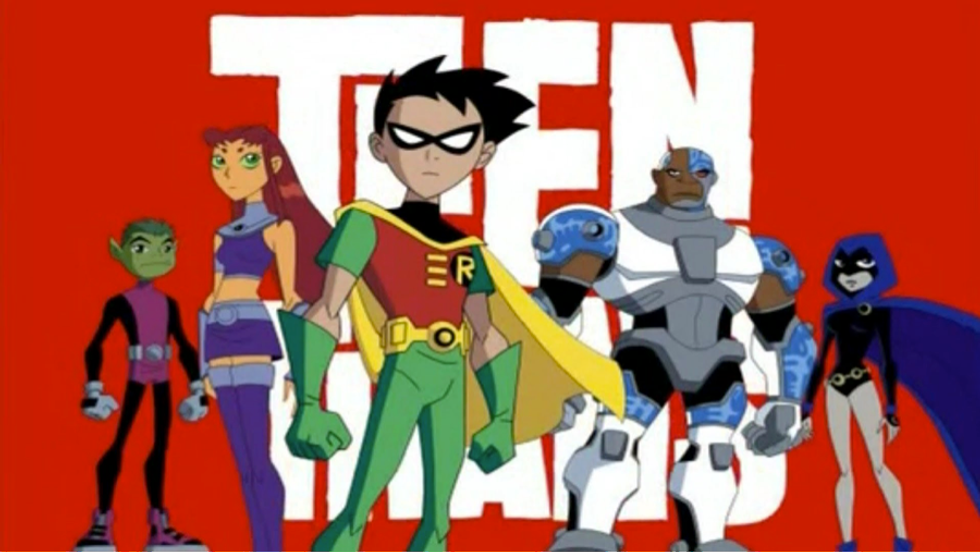In the last couple of years, the consumption of manga and its television counterpart anime has been going up considerably in the United States and the West as a whole. Many people who once saw anime as a weird or niche market are starting to see it in the mainstream entertainment outlets more and more prominently with each passing year.
As a self-professed anime lover, I remember the days when I used to go to the computer room in high school and quietly read the weekly chapter releases of my favorite shounen (anime aimed toward adolescent males) manga. But these days, so very long ago, are largely passed and anyone with a Netflix account can see anime strewn all over the front-page suggestions. This increase in Western consumption of anime is due in large part to the increased accessibility of anime. With streaming giants like Hulu and Netflix, anime is moving more and more into the mainstream and into the forefront as a viable entertainment medium. The advent of manga streaming sites such as Crunchyroll has also brought along an increase in the comic counterpart of anime, manga, giving Western audiences the comic introduction to Japanese animation.
A second reason behind all of the consumption of anime is, in my opinion, due to the recent phenomenon of geek culture becoming mainstream, or even cool. It wasn’t too long ago that it was considered weird for someone to read comics or play video games. These activities were reserved for the “social outcasts” and cave trolls of previous generations. But nowadays, with the rise of triple A titles like “Call of Duty” and recent film adaptations of comics, like “Captain America: Civil War”, nerd culture has risen in prominence and profits which has in turn opened the door for other activities and hobbies that were once only for nerds, for example, anime and manga.
But in looking at the rise of anime in the West, I can’t help but take notice of the Western cartooning industry and, in my opinion, its shrinking relevance in the global entertainment industry. While Western pop culture is going strong around the world, and is arguably America’s greatest export, our cartooning and comics have seen better and more profitable days. In my opinion much of this has to do with the increasing complexity and character driven story telling that one can enjoy in anime, and the lack thereof in American cartoons. One characteristic of anime and manga are the clear defining story markers; beginning, middle and end. No matter how long an anime may be, it is clear that the mangaka (manga/anime creator) has a clear direction for the story, with defined arcs and chapters. This adds an interesting dimension of emotion and advancement to these shows as one can follow a beloved character through numerous ups and downs and changes from childhood all the way until adulthood, watching the character grow alongside you.
This was the case for me with “Naruto”. I remember first watching “Naruto” as a third grader, and following the tale all the way up until I was in my first year of college; culminating in a 12 year story for me, something I look back on with fondness. As I write this article, I can’t help but remember the plethora of memes with the caption “Today’s Kids Will Never Know” referring to the end of a great 90’s or 2000’s American cartoon like “Ed, Edd n Eddy” or “Kids Next Door”.
Much of the magic that captivated many of us as children was the fun and witty humor present in each unique show. None of these shows took themselves too seriously, but the writers and animators crafted shows that appealed to us as children, with interesting and unique characters with interesting plots. Although these shows were silly and fun, they still tackled issues that a parent watching alongside their child could appreciate. Anime and manga still do that.
If Western cartooning hopes to catch up with the popularity of anime any time soon, creators and animators may have to take a serious look at content and design, and stop giving us so much of this:
And give us more of this:





















